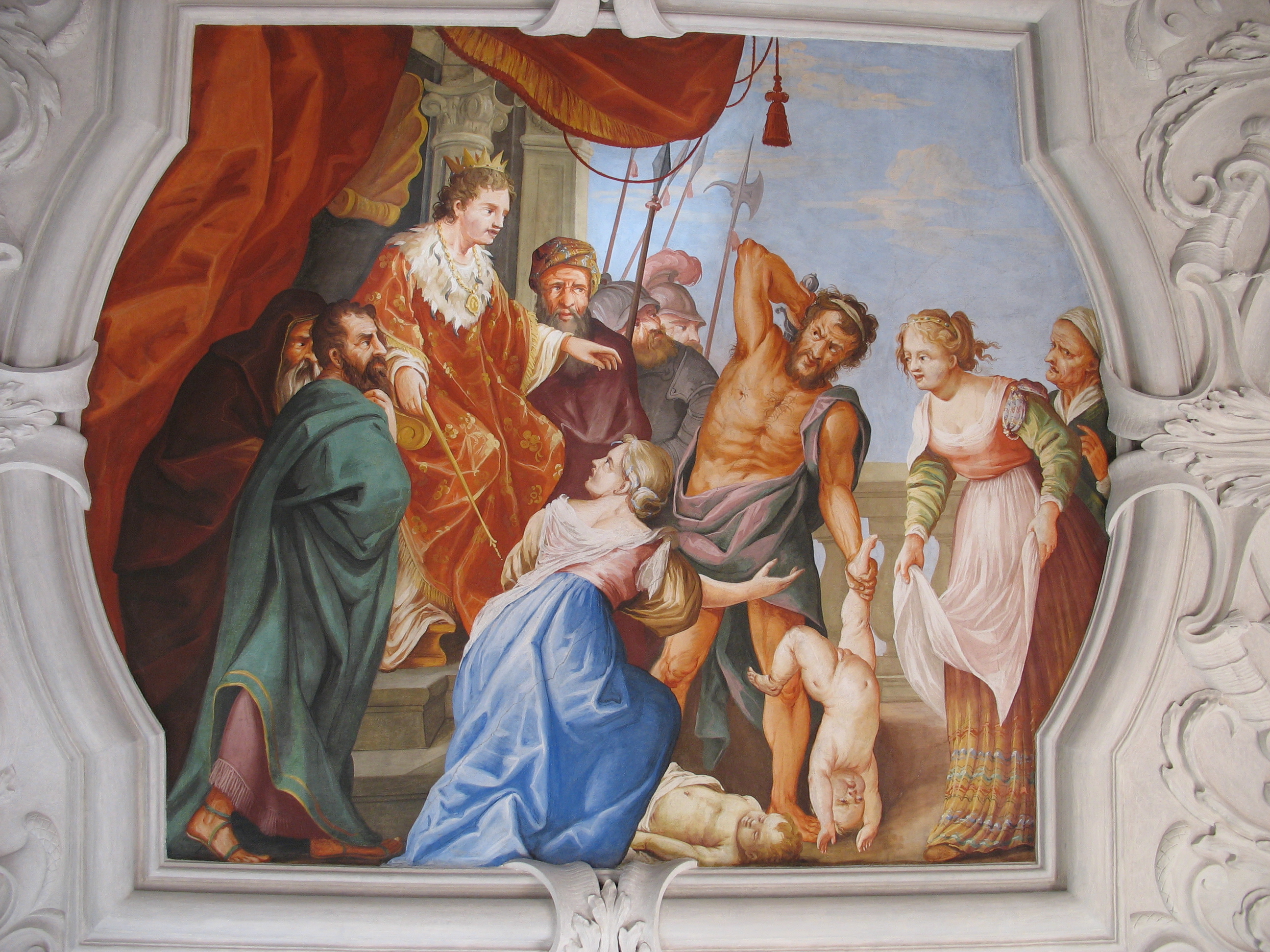|
Amadas Et Idoine
''Amadas'', or ''Sir Amadace'' is a medieval English chivalric romance, one of the rare ones for which there is neither a known nor a conjectured French original,Laura A. Hibbard, ''Medieval Romance in England'' p73 New York Burt Franklin,1963 like ''Sir Eglamour of Artois''. The hero shares a name but no more with the romance ''Amadas et Idoine''. Manuscripts The tale is found in two medieval manuscripts: National Library of Scotland MS Advocates 19.3.1, dating to the late-fifteenth century and the slightly earlier Taylor MS 9, otherwise known as MS Ireland Blackburn in the Robert H Taylor Collection, Princeton University Libraries, dating to the mid-fifteenth century. Both manuscripts are incomplete, missing the opening lines of the poem.Foster, Edward E (Ed). 1997. ''Amis and Amiloun, Robert of Cisyle and Sir Amadace''. Kalamazoo, Michigan: Western Michigan University, Medieval Institute PublicationsIntroductionto TEAMS Middle English text. Synopsis Sir Amadas wastes his pro ... [...More Info...] [...Related Items...] OR: [Wikipedia] [Google] [Baidu] |
Chivalric Romance
As a literary genre, the chivalric romance is a type of prose and verse narrative that was popular in the noble courts of High Medieval and Early Modern Europe. They were fantastic stories about marvel-filled adventures, often of a chivalric knight-errant portrayed as having heroic qualities, who goes on a quest. It developed further from the epics as time went on; in particular, "the emphasis on love and courtly manners distinguishes it from the ''chanson de geste'' and other kinds of epic, in which masculine military heroism predominates." Popular literature also drew on themes of romance, but with ironic, satiric, or burlesque intent. Romances reworked legends, fairy tales, and history to suit the readers' and hearers' tastes, but by c. 1600 they were out of fashion, and Miguel de Cervantes famously burlesqued them in his novel ''Don Quixote''. Still, the modern image of "medieval" is more influenced by the romance than by any other medieval genre, and the word ''medieva ... [...More Info...] [...Related Items...] OR: [Wikipedia] [Google] [Baidu] |
Sir Eglamour Of Artois
''Sir Eglamour of Artois'' is a Middle English verse romance that was written sometime around 1350. It is a narrative poem of about 1300 lines, a tail-rhyme romance that was quite popular in its day, judging from the number of copies that have survived – four manuscripts from the 15th century or earlier and a manuscript and five printed editions from the 16th century. The poem tells a story that is constructed from a large number of elements found in other medieval romances. Modern scholarly opinion has been critical of it because of this, describing it as unimaginative and of poor quality. Medieval romance as a genre, however, concerns the reworking of "the archetypal images of romance" and if this poem is viewed from a 15th-century perspective as well as from a modern standpoint – and it was obviously once very popular, even being adapted into a play in 1444 – one might find a "romance hatis carefully structured, the action highly unified, the narration lively." The action ... [...More Info...] [...Related Items...] OR: [Wikipedia] [Google] [Baidu] |
Amadas Et Idoine
''Amadas'', or ''Sir Amadace'' is a medieval English chivalric romance, one of the rare ones for which there is neither a known nor a conjectured French original,Laura A. Hibbard, ''Medieval Romance in England'' p73 New York Burt Franklin,1963 like ''Sir Eglamour of Artois''. The hero shares a name but no more with the romance ''Amadas et Idoine''. Manuscripts The tale is found in two medieval manuscripts: National Library of Scotland MS Advocates 19.3.1, dating to the late-fifteenth century and the slightly earlier Taylor MS 9, otherwise known as MS Ireland Blackburn in the Robert H Taylor Collection, Princeton University Libraries, dating to the mid-fifteenth century. Both manuscripts are incomplete, missing the opening lines of the poem.Foster, Edward E (Ed). 1997. ''Amis and Amiloun, Robert of Cisyle and Sir Amadace''. Kalamazoo, Michigan: Western Michigan University, Medieval Institute PublicationsIntroductionto TEAMS Middle English text. Synopsis Sir Amadas wastes his pro ... [...More Info...] [...Related Items...] OR: [Wikipedia] [Google] [Baidu] |
Judgment Of Solomon
The Judgement of Solomon is a story from the Hebrew Bible in which Solomon ruled between two women both claiming to be the mother of a child. Solomon revealed their true feelings and relationship to the child by suggesting the baby be cut in two, each woman to receive half. With this strategy, he was able to discern the non-mother as the woman who entirely approved of this proposal, while the actual mother begged that the sword might be sheathed and the child committed to the care of her rival. Some consider this approach to justice an archetypal example of an impartial judge displaying wisdom in making a ruling. Biblical narrative recounts that two mothers living in the same house, each the mother of an infant son, came to Solomon. One of the babies had been smothered, and each claimed the remaining boy as her own. Calling for a sword, Solomon declared his judgment: the baby would be cut in two, each woman to receive half. One mother did not contest the ruling, declaring tha ... [...More Info...] [...Related Items...] OR: [Wikipedia] [Google] [Baidu] |
Grateful Dead (folklore)
Grateful dead (or grateful ghost) is both a motif and a group of related folktales present in many cultures throughout the world. The most common story involves a traveler who encounters a corpse of someone who never received a proper burial, typically stemming from an unpaid debt. The traveler then either pays off the dead person's debt or pays for burial. The traveler is later rewarded or has their life saved by a person or animal who is actually the soul of the dead person; the grateful dead is a form of the donor. The grateful dead spirit may take many different physical forms including that of a guardian angel, animal, or fellow traveler. The traveler's encounter with the deceased comes near the end of the traveler's journey. Classification The "grateful dead" story is Aarne–Thompson–Uther type 505. Folkloristic scholarship classify ATU types 505-508 under the umbrella term ''The Grateful Dead'', each subtype referring to a certain aspect of the legend: ATU 505: G ... [...More Info...] [...Related Items...] OR: [Wikipedia] [Google] [Baidu] |
Sir Cleges
''Sir Cleges'' is a medieval English verse chivalric romanceLaura A. Hibbard, ''Medieval Romance in England'' p79 New York Burt Franklin,1963 written in tail-rhyme stanzas in the late fourteenth or early fifteenth century. It is clearly a minstrel tale, praising giving gifts to minstrels, and punishing the servants who might make it impossible for a minstrel in a noble household. Corrupt officials are central to it. Synopsis Sir Cleges became poor through his generosity. He prayed that God would spare him and his wife and children. He finds cherries ripening in his yard although it is Christmas, and sets out to bring them to Uther Pendragon in hopes of a reward. To admit him, the porter, the usher, and the steward all demand a third part of his reward. The king appreciates the cherries. Sir Cleges demands twelve blows as his reward and explains about the servants. Uther has him give them each four blows and then gives him a castle and many other gifts so that he and his famil ... [...More Info...] [...Related Items...] OR: [Wikipedia] [Google] [Baidu] |
Divide And Choose
Divide and choose (also Cut and choose or I cut, you choose) is a procedure for fair division of a continuous resource, such as a cake, between two parties. It involves a heterogeneous good or resource ("the cake") and two partners who have different preferences over parts of the cake. The protocol proceeds as follows: one person ("the cutter") cuts the cake into two pieces; the other person ("the chooser") selects one of the pieces; the cutter receives the remaining piece. The procedure has been used since ancient times to divide land, cake and other resources between two parties. Currently, there is an entire field of research, called fair cake-cutting, devoted to various extensions and generalizations of cut-and-choose. History Divide and choose is mentioned in the Bible, in the Book of Genesis (chapter 13). When Abraham and Lot come to the land of Canaan, Abraham suggests that they divide it among them. Then Abraham, coming from the south, divides the land to a "left" (western) ... [...More Info...] [...Related Items...] OR: [Wikipedia] [Google] [Baidu] |
Romance (genre)
Romance (from Vulgar Latin , "in the Roman language", i.e., "Latin") may refer to: Common meanings * Romance (love), emotional attraction towards another person and the courtship behaviors undertaken to express the feelings * Romance languages, a subgroup of the Italic languages ** Romance studies, an academic discipline studying the languages, literatures, and cultures of areas that speak a Romance language Places * Romance, Arkansas, U.S. * Romance, Missouri, U.S. * Romance, West Virginia U.S. * Romance, Wisconsin, U.S. Arts, entertainment, and media Film * Romance film, a genre of film of which the central plot focuses on the romantic relationships of the protagonists ** Romantic comedy ** Romantic thriller * ''Romance'' (1920 film), silent film, directed by Chester Withey * ''Romance'' (1930 film), starring Greta Garbo * ''Romance'' (1936 film), an Austrian film starring Carl Esmond * ''Romance'' (1983 film), a Bollywood film produced and directed by Ramanand Sagar * ' ... [...More Info...] [...Related Items...] OR: [Wikipedia] [Google] [Baidu] |

